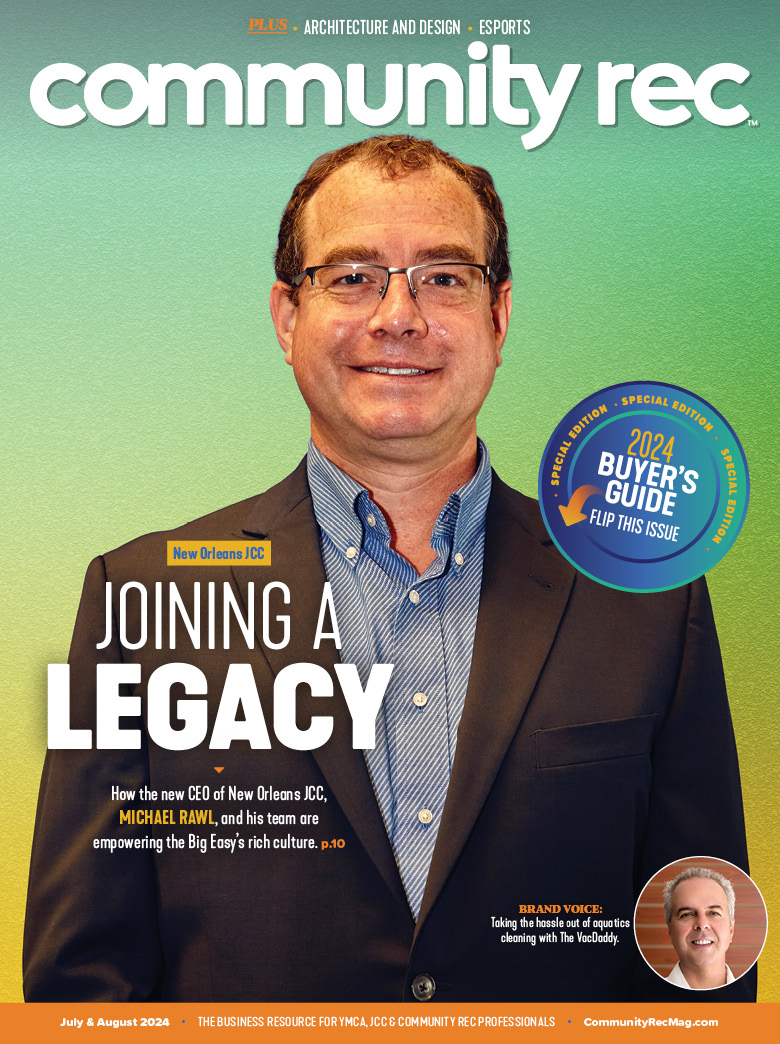How to develop a compelling case and attract new types of funding support.
This past year has taught us that being creative and nimble are key to securing funding. In today’s environment, how do you develop a compelling case for support to attract new types of funders and secure new — and steady — revenue streams? Here are a few key ways to stand out among the competition and showcase your organization’s unique value.
You’re more than “just.”
One of the biggest missteps we see organizations make when developing a case for support is not representing the full value they bring to the community. Remember, nothing you do is “just” anything. Is your after school program keeping kids safe while teaching them to play basketball? Perhaps your instructors are also offering homework help and mentorship opportunities to combat COVID-19 learning loss?
When developing your case for support, highlight the activities being delivered, as well as the value-added, the lessons learned and the community needs your programs are rising to meet. To start, take a step back and survey your program offerings. Ask your clients, partners and staff what value your programs bring to them and your community, and how your approach is innovative. If you are prospecting a funder and think you don’t meet their interests, look again.
Don’t go it alone.
When telling the story of your organization, it’s key to understand your stakeholder experience and gain a deep understanding of the day-to-day. Your fundraising staff should work hand-in-hand with program staff to dig deep, talking regularly to instructors or site-based staff to understand what components make up a successful day of program implementation.
Getting out in the field to capture the heart of your work will make your already compelling story that much stronger. Don’t forget, funders want to invest in programs that are financially sustainable, so bring your finance team into the fold early to ensure your budgets are aligned to the case for support you are trying to make.
It’s all in the data.
Funders are becoming increasingly savvy in their data analysis and want to support organizations whose goals and activities are evidence-based and data-driven. You should be prepared to offer qualitative impact data to help funders understand how and why you’re a great return on investment.
This includes what your expected outcomes are and how you plan to measure impact. From basic materials like budgets and audit forms, to attendance and progress measurements for your program participants and community stakeholders, be prepared to articulate, track and showcase your data to position yourself as a strong investment.
Building funder relationships starts with a clear, compelling case for support. Doing the necessary pre-work will allow you to build a strength-based case that lets your approach to program delivery shine.











